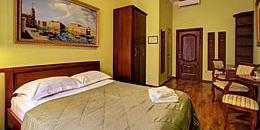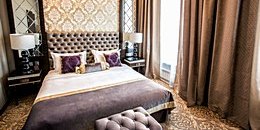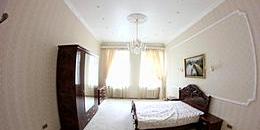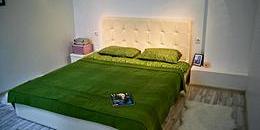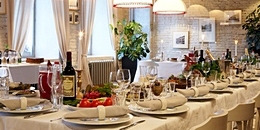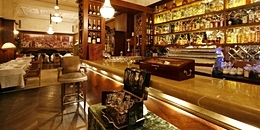Fabergé Museum
Since 2013 the lavish 18th century Shuvalov Palace, St. Petersburg has been the home of Museum Fabergé and holds the world’s largest collection of Fabergé eggs. Those in the collection were commissioned by the last Russian emperors Alexander III and Nicholas II. At the time European society considered Russia unparalleled in silver and gold decorative arts.

The museum owes its existence to a staggering act of altruism by Viktor Vekselberg, who, in 2004 began The Link of Times Cultural and Historical Foundation with the idea of returning Russian culturally significant artefacts and artworks for public display to Russia. The nine Fabergé eggs which form the core of the collection were purchased by him from American entrepreneur Malcolm Forbes in 2004 at a cost of $100 million.
Restoration of the the 4,700 square metre Shuvalov palace began in 2006 and took seven years to complete. At one point 300 specialist workers were involved in the project. Restoring and adapting the palace for use as a museum was the first full restoration in its 200 year history. Today, standing on the embankment of the Fontanka River, it serves as a living link to the imperial history of both St. Petersburg and Russia.
The museum has some 4,000 exhibits, displayed in 12 beautifully restored rooms according to type and history. The display allows the visitor a strong feeling of the opulence and artistry of the time. The Blue Room, fittingly the central hall of the Shuvalov Palace, contains the Imperial Easter Eggs by Fabergé. Each one is a unique masterpiece of jewellery and artistry, as well as a uniquely Russian artefact of the reign and personal life of the last of the Romanovs.
In the collection is the first egg that Fabergé created for Tsar Alexander III in 1885. The Tsar’s commission, a gift for his wife Empress Maria Fedorovna, was for an Easter egg. Known as the Hen Egg, the first Fabergé egg is cocooned inside a white enamel shell which opens to reveal a gold yolk. Much like the Russian Matryoshka doll this opens giving another surprise in the form of a multicoloured gold hen. Finally the hen opened and gave up its secret – a minute replica in diamond of the imperial crown from which was hung a ruby. Sadly these parts were lost.

Entry to the rooms is from the Grand Staircase which dates from the 1840s and is by the architect Nikolai Efimov, who is responsible for several landmark buildings in St. Petersburg. Later a graceful decorative stucco dome was added over the staircase by architect Rudolph Bogdanovich Berngard. He was also responsible for the 19th century reconstruction of the embankments of the Fontanka River, so his influence can be seen both inside and outside the palace.
The palace’s Red Room is dedicated to Russian silver works, produced from the 18th to the early 20th centuries. The room showcases spectacular works by Carl Fabergé and Pavel Sazikov, among others. The Anteroom holds a collection of household items, such as clocks, in guilloché enamel, as well as Fabergé jewellery, which is quite rare. The White and Blue Room displays works in enamel from Pavel Ovchinnikov, who was also the first Russian silver maker in the pan-Slavic revival style, along with excellent Russian porcelain from the 19th century. The Exhibition Room exhibits stone carvings by Fabergé and various nineteenth century Russian artists.
The palace’s Gothic Hall has a collection of classic Russian Orthodox icons from the 16th-20th centuries, mostly framed and covered in precious metals. The Knights’ Hall is dedicated to military-themed works of art, including 19th century watercolours of life in the Russian army by Karl Piratskiy and Pyotr Balashov. The aptly named Gold Room displays many items which give an idea of the courtly relations between the Romanov dynasty and their foreign relatives. The objets de fantaisie by the craftsmen of the House of Fabergé are especially fine, as are the jewelled boxes adorned with portraits of Russian emperors.
Located in downtown St. Petersburg, the Fabergé Museum is easy to find and is a short walk from Gostiny Dvor and Mayakovskaya metro stations.
| Location: | 21, Naberezhnaya Reki Fontanki |
|---|---|
| Metro: | Gostiny Dvor / Nevsky Prospekt, Mayakovskaya |
| Telephone: | +7 (812) 333-2655 |
| Open: | Daily from 10am to 9pm (Guided tours from 10am to 6pm). Closed on Fridays. |
| Website: | http://fabergemuseum.ru/en |
| Admission: | RUB 450 (Guided tours RUB 600) |
| Ticket purchase online: | http://tickets.fsv.ru/en |
| Photo and video: | Non-flash still photography is permitted. No video. |
| Accessibility note: | Wheelchair accessible. |


